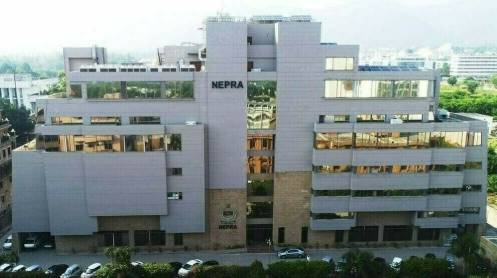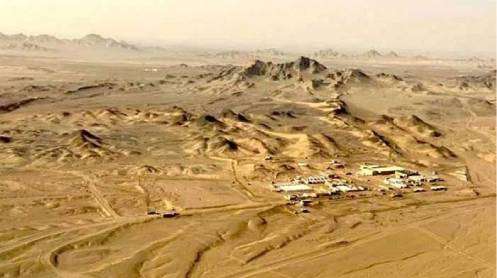It’s been a long time since I last looked into the offshore data in the BP office in London. Without getting into granularity, exploration history of Pakistan offshore in general is not much different from other successful offshore basins across the globe. It is one of the largest frontier offshore basins in the world. A common theme in all these successful basins is that the oil and gas was always there but could not be discovered due to limited subsurface understanding and technological constraints. I have seen loads of geology and witnessed geological surprises while working in almost 18 countries in the last 30 years of my career. Before getting involved internationally, I always thought I knew all about Pakistan exploration, however with time the more I have seen, the more I realised how little I knew. It is important to remind ourselves that we explorers are always at the mercy of data and technology. Our understanding and wisdom evolve through time as we come across more data, failures, grow professionally and emotionally and also learn to overcome our cognitive biases. I have explained a few times in this forum.
Exploration is a game of odds which requires resilience, perseverance and imagination. Just to quote a few examples from my experience , in Tano Basin in Ghana, 100s of dry hole or sub-commercial wells were drilled before we discovered world class Jubilee fields. Similarly, in the adjacent country Ivory Coast, all early exploration campaigns were focussed on shallow water , shelf area and in the near shore region. Recent ENI discovery (Baliene) is the first commercial (> 1 billion barrel) discovery after 20 years of last commercial success. If we hop over to South America across the Atlantic, Guyana and Surname also emerged as the world’s exploration hotspot (> 70% exploration success and > 12 bbl resource) in the last 10 year after several dry holes. Malvinas Basin in offshore Argentina, where big boys like Exxon drilled 13 dry holes, TOTAL 6 dry holes and 10 dry hole /sub commercial oil by other small companies in the 1960s and 1990s and now this area has become an exploration hotspot again. What has changed between failures and a success in all these examples – not geology (as it takes thousands or millions years to change) but the imagination, understanding and technology. While our geological models and most of the exploration techniques are non-unique, through our experience by now we know key ingredients of a successful offshore basin, which part of the offshore is more conducive for the reservoir, how paleo-topography (ram-flat) influence reservoir and stratigraphic traps and we have a wide range of geophysical tools in our tool-box specialised for offshore to help de-risk reservoir, fluid type and petroleum system. By no means I am saying Pakistan offshore is highly prolific and full of oil or gas.
The point I am trying to make is, perhaps we still need to work hard to better understand offshore potential despite few setbacks in the recent past. I have been involved in some of the exploration wells across the border in the Indian offshore where there was convincing evidence of a working petroleum system. We should also not ignore the flow of thermogenic gas at Pak Can-1 well. We do have some basic ingredients but not there yet…..right expertise and technology along with resilience and perseverance is a recipe for success !





